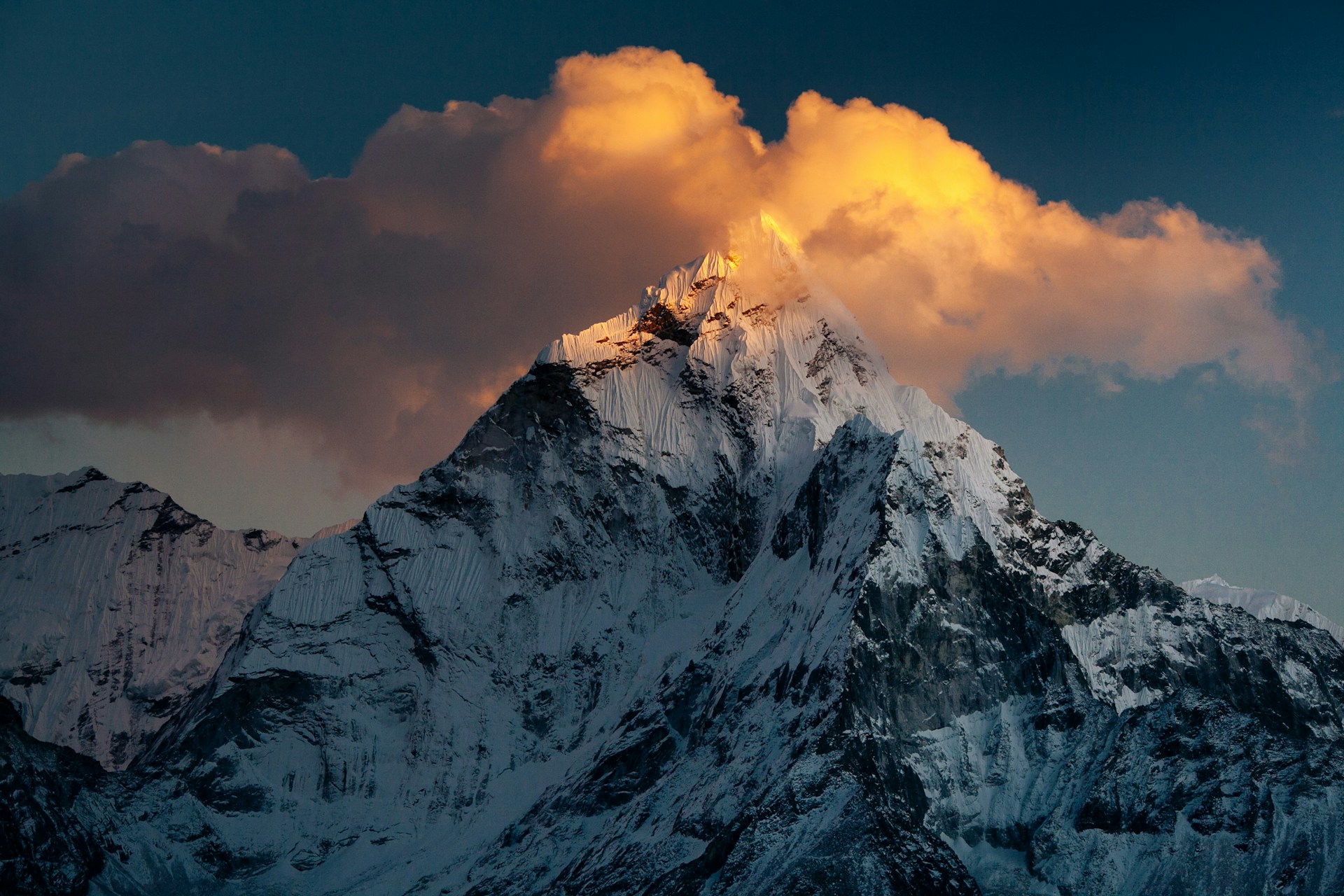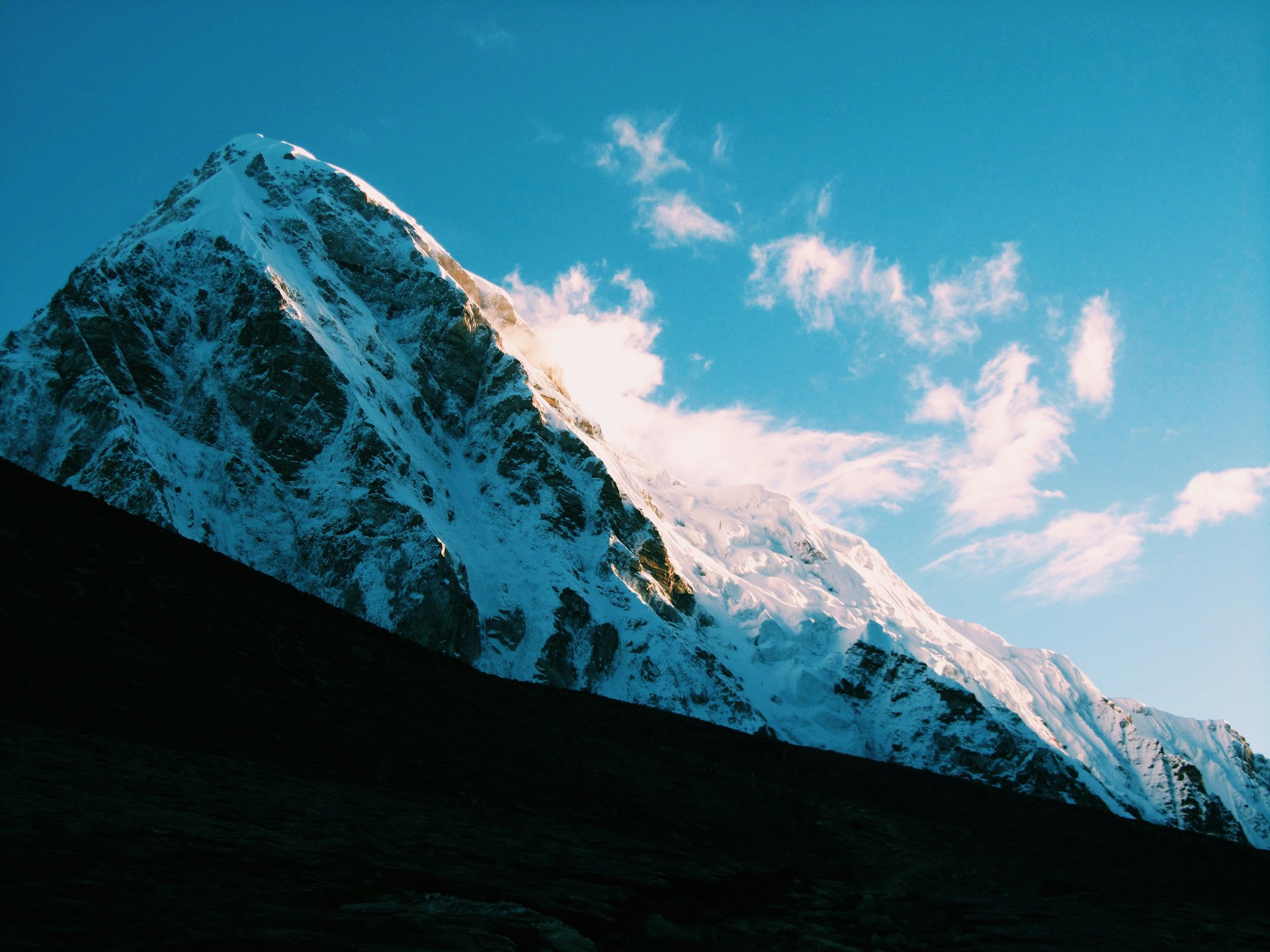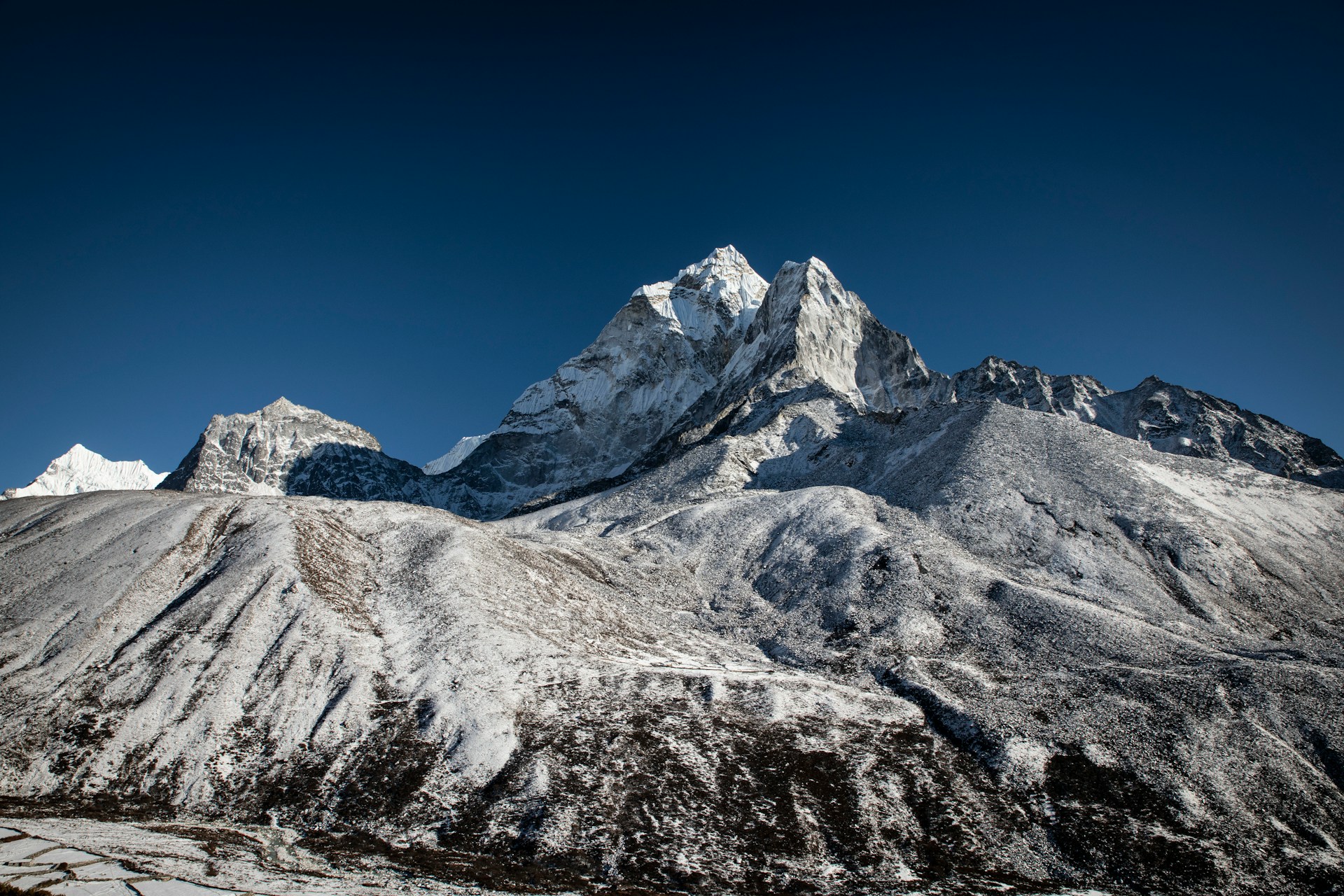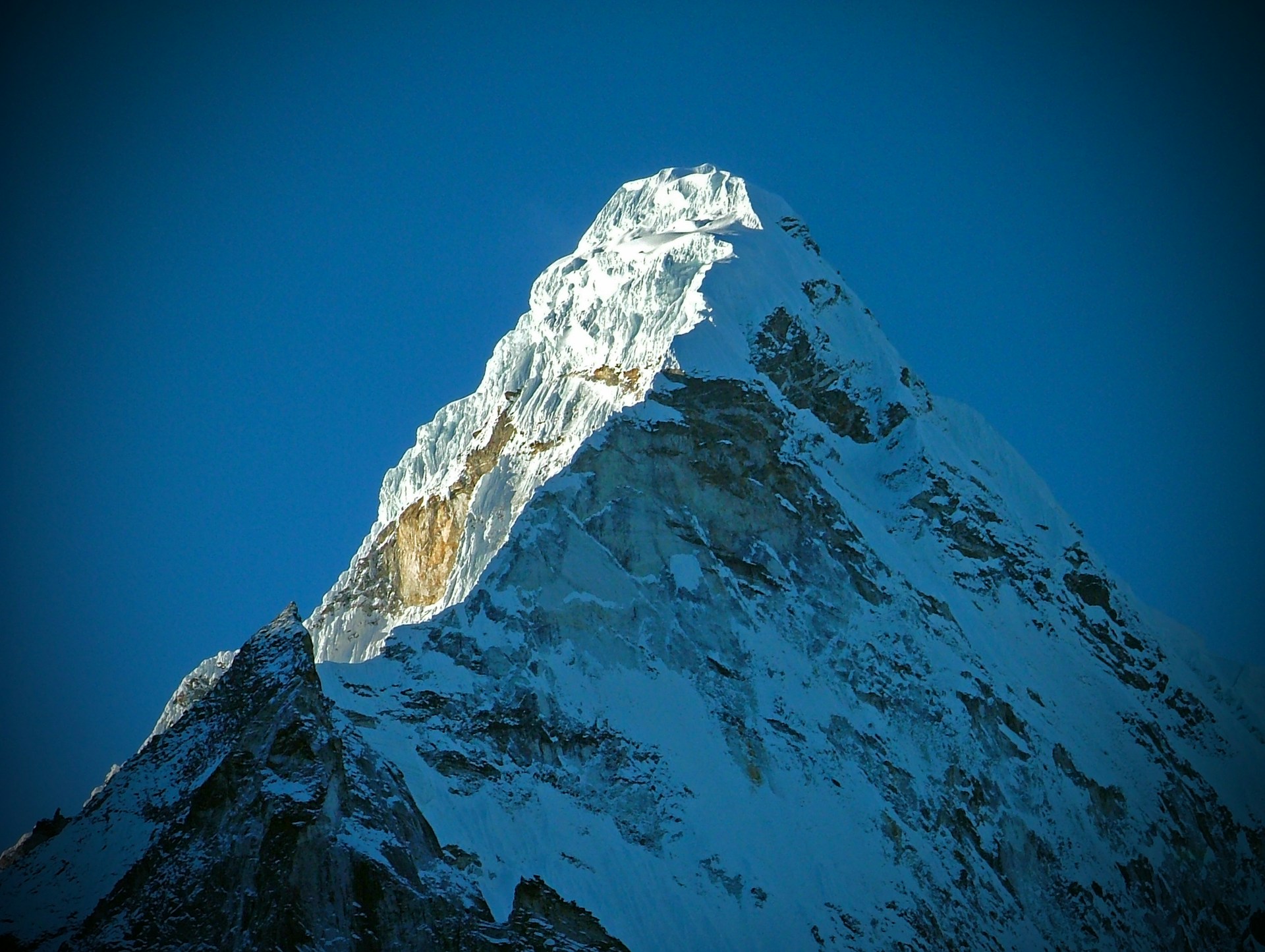Mountaineering in Nepal often brings Everest or Annapurna to mind. Yet, some sub-8000m peaks stand out as tougher, testing every mountaineer’s limits.
These mountains demand not only strength but refined skills. Recent expeditions highlight how rope mastery, ice climbing, and precision route-finding are vital.
For climbers, the desire lies in tackling peaks that combine beauty with danger. This guide on the most challenging mountains under 8000m to climb in Nepal helps reveal those details.
If you are curious about technical climbs, demanding ridges, and Himalayan challenges, continue below. Each section offers insight for both beginners and advanced alpinists.
8 Most Technically Difficult Mountains Under 8000m to Climb in Nepal
The most challenging mountains under 8000m to climb in Nepal are not entry-level climbs. They require years of high-altitude experience and technical ability.
Climbers must be skilled with crampons, rope systems, and multi-pitch techniques. The route typically demands extended time on exposed terrain, including steep ice and rocky sections.
Proper permits, logistics, and expert Sherpa support are crucial. Reputable expedition operators, such as Altitude Experts, ensure safe and well-organized climbs.
Ama Dablam (6,812 m)

Ama Dablam, often referred to as the “Matterhorn of the Himalayas,” towers in Khumbu with its striking pyramid-shaped peak. Its beauty hides demanding climbs across snow, rock, and ice.
The famous Southwest Ridge route requires multi-pitch rock climbing, ice work, and exposed ridges. Among the route’s obstacles, the Yellow Tower stands out as the most difficult, calling for refined climbing skills.
Technical Details of the Ama Dablam Expedition
Upper camps are placed on tight ledges, which makes setting up tents challenging. Climbers face steep pitches like the Yellow Tower and exposed Mushroom Ridge.
High camps sit on narrow ledges, making tent setup tricky. Short weather windows in late autumn add pressure for carefully timed summit pushes.
Pumori (7,161 m)

Standing west of Everest, Pumori is seen as a training ground for 8000ers but remains a serious climb. Its slopes are avalanche-prone and require advanced judgment.
The upper route is steep and punishing, demanding ice-axe precision and endurance. Strong jet stream winds often shorten safe climbing windows.
Technical Details of the Pumori Expedition
The Southeast Ridge route involves 45° snow slopes and avalanche-prone areas. High winds create unstable snow, making timing essential.
Climbers face crevasses near the Pumori Shoulder and long, exposed summit pushes. Stamina and strong acclimatization are crucial for success.
Baruntse (7,129 m)
In the quiet region between Everest and Makalu, Baruntse challenges climbers with steep snow and remote access. The climb is marked by broad crevasse zones and sharp ice ridges.
Rescue options are minimal, forcing teams into self-reliance. Long summit days require both endurance and mental strength.
Technical Details of the Baruntse Expedition
The Southeast Ridge route has steep 50° slopes and corniced sections. Climbers use rope-fixing and advanced crampon skills on icy ridges.
The approach via West Col and Amphu Labtsa Pass involves steep mixed climbing. Glacier travel here adds another layer of technical challenge.
Lobuche East (6,119 m)
Though classed as a trekking peak, Lobuche East’s upper ridges offer real alpine difficulties. Climbers face icy slopes, narrow ridges, and sharp exposure.
It is a common choice for those preparing for Everest or Lhotse. Success depends on rope travel skills and pacing during the summit push.
Technical Details of the Lobuche East Expedition
The climb includes glacier crossings, 40° snow slopes, and scrambles on rock. A sharp summit ridge demands rope security and solid crampon use.
Though less complex than 7000m peaks, it still requires experience in glacier travel and rope systems.
Lobuche West (6,145 m)
Harder than its eastern neighbor, Lobuche West is a technical climb requiring glacier navigation and steep snow climbing. Few climbers attempt it compared to Lobuche East.
The long approach and mixed terrain make it a test of independence. Summit attempts involve long days and serious risk management.
Technical Details of Lobuche West Expedition
Climbers face steep 50° snow slopes, icy walls, and exposed ridges; reaching the route from the eastern col can be risky due to strong winds.
Crevasse fields demand precise rope handling and confident navigation. Weather shifts quickly, making timing a key factor.
Kantega (6,782 m)
Kantega, with its saddle-shaped twin peaks, is among Khumbu’s most striking mountains. Its remote location makes logistics tough and attempts rare.
The climb demands mastery of mixed rock and ice, with sharp ridges complicating route-finding. Sudden storms and whiteouts are common.
Technical Details of the Kantega Expedition
Routes cross glaciers with hidden crevasses and steep mixed faces. Summit pushes face high winds and rapid weather changes.
Judgment, timing, and experience are vital for a safe ascent.
Cholatse (6,440 m)
Cholatse is one of Khumbu’s purest alpine climbs, offering steep ice walls and sharp ridges. Its north face is famed for vertical ice and rockfall hazards.
The climb requires advanced crampon work, rope placement, and decision-making under pressure. Once committed, retreat is very difficult.
Technical Details of the Cholatse Expedition
The North Face has 70° ice, mixed climbing, and overhanging cornices. The Southwest Ridge is long and requires multi-day pushes.
Hazards include serac collapses and rockfall, making safety management critical.
Kyojo Ri (6,186 m)
Though smaller than others, Kyojo Ri provides real challenges for climbers new to the Himalayas. Its ridges are sharp, and the weather is often harsh.
The peak offers an introduction to Himalayan technical climbs with less altitude stress. Solitude adds charm but limits available support.
Technical Details of the Kyojo Ri Expedition
Routes involve 30–40° snow slopes and glacier travel. Crevasses are present but avoidable with care.
Though less technical, it is ideal for training and acclimatization before harder climbs.
What Makes Them Technically Challenging Mountains?
Climbing these peaks is more than reaching a summit. Climbers must master alpine skills, from rope handling to mixed ice-and-rock climbing.
Exposure on ridges, knife-edge traverses, and steep faces makes each move critical. Above 5,000 meters, the reduced oxygen makes every step more exhausting.
The physical and mental demands are immense. Logistics, camp setup, and harsh weather windows test even seasoned climbers.
Conclusion
Choosing which of the most challenging mountains under 8000m to climb in Nepal depends on goals and skill. For training, Lobuche East or Kyojo Ri suit beginners, while Ama Dablam, Pumori, or Cholatse are for advanced alpinists.
The best climbing seasons are March–May and September–November. Unlike the Alps, Nepal’s peaks involve long expeditions and remote logistics. Climbers pursue them for scenery, challenge, and the prestige of tackling iconic Himalayan peaks.
Altitude Experts helps climbers with complete support for technical peaks like Ama Dablam. From planning and equipment to safety and acclimatization, they provide expert guidance. Their team ensures climbers focus on the climb while staying safe in Nepal’s toughest mountains.




